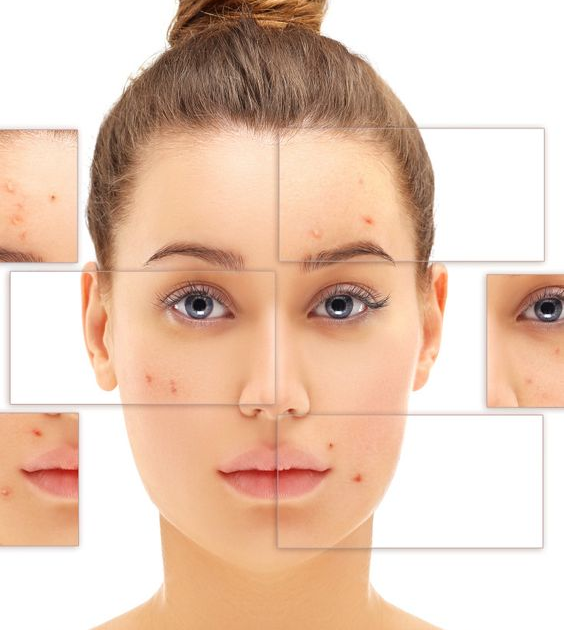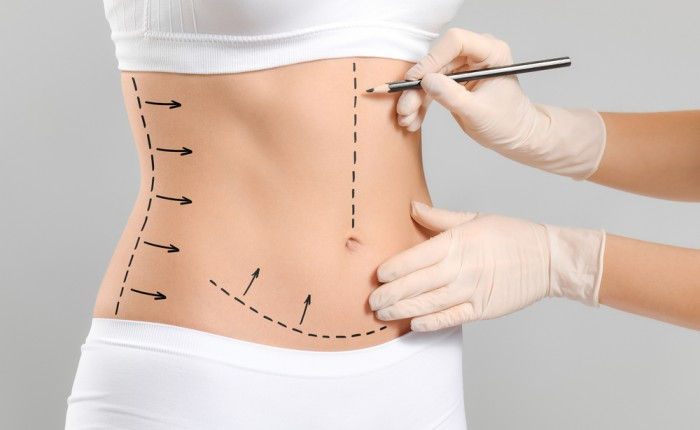The Role of PRP in Post-Hair Transplant Recovery:
- sadaf khan sudozai
- Feb 28
- 4 min read
Hair transplantation is a highly effective solution for individuals experiencing hair loss or baldness. However, the success of the procedure depends not only on the transplantation itself but also on the post-operative recovery phase. This is where Platelet-Rich Plasma (PRP) therapy plays a crucial role. By promoting faster healing, improving graft survival, and stimulating hair regrowth, PRP is increasingly used as a complementary treatment after hair transplant surgery.
If you are considering PRP in Islamabad to enhance your hair transplant results, this blog will explain how PRP supports post-transplant recovery and why it is an essential part of the process.

Understanding PRP Therapy
PRP therapy is a non-surgical procedure that involves drawing a small amount of the patient’s blood, processing it to extract platelet-rich plasma, and injecting it into the scalp. The high concentration of growth factors and proteins in PRP promotes tissue repair, collagen production, and improved blood circulation, making it an excellent tool for hair restoration.
Why PRP is Important for Post-Hair Transplant Recovery
After a hair transplant, the newly implanted hair follicles need time to establish themselves in the scalp. During this period, factors such as poor blood supply, inflammation, and slow tissue repair can affect graft survival. PRP therapy addresses these challenges in the following ways:
1. Enhancing Graft Survival
One of the biggest concerns after a hair transplant is whether the newly implanted hair follicles will survive. PRP therapy:✔ Increases blood supply to the transplanted follicles, ensuring they receive essential nutrients✔ Boosts cellular repair and regeneration, helping follicles adjust to their new location✔ Reduces the risk of follicle rejection, increasing the overall success rate of the transplant
2. Accelerating Healing
Hair transplant surgery involves making tiny incisions in the scalp, which require healing. PRP contains platelets with healing properties that:✔ Reduce inflammation and swelling, speeding up recovery✔ Promote tissue repair, minimizing scarring✔ Enhance collagen production, leading to a healthier scalp environment
3. Preventing Shock Loss
Many hair transplant patients experience shock loss, a temporary shedding of transplanted and surrounding hair after surgery. PRP therapy can:✔ Strengthen hair follicles, reducing the severity of shock loss✔ Encourage regrowth, helping hair return to its normal cycle faster✔ Prevent thinning in non-transplanted areas, ensuring an even, natural appearance
4. Boosting Hair Growth After Transplantation
PRP not only helps preserve the transplanted grafts but also encourages thicker, healthier hair growth in the months following the procedure. Growth factors in PRP:✔ Stimulate dormant hair follicles, leading to increased density✔ Prolong the hair growth phase, reducing hair thinning over time✔ Improve hair texture and thickness, enhancing the overall results
5. Reducing Scalp Redness and Discomfort
After a hair transplant, some patients experience redness, irritation, or discomfort in the treated area. PRP therapy helps by:✔ Soothing the scalp and reducing irritation✔ Speeding up the reduction of redness✔ Improving overall scalp health
When Should PRP Be Done After a Hair Transplant?
PRP therapy is usually started 2 to 4 weeks after the hair transplant to enhance recovery and stimulate hair growth. A typical PRP treatment schedule includes:
✔ First session: 2-4 weeks post-transplant✔ Second session: 6-8 weeks post-transplant✔ Third session: 3 months post-transplant✔ Maintenance sessions: Every 4-6 months as needed
The number of PRP sessions required depends on individual factors such as healing speed, hair growth response, and overall scalp condition.
PRP vs. No PRP After Hair Transplant: A Comparison
Feature | With PRP Therapy | Without PRP Therapy |
Healing Time | Faster recovery, minimal discomfort | Slower healing, increased redness |
Graft Survival Rate | Higher survival rate | Increased risk of graft loss |
Hair Growth | Faster, thicker growth | Slower regrowth |
Shock Loss | Reduced shedding, stronger follicles | More noticeable shedding |
Scalp Health | Improved hydration and circulation | Potential dryness and irritation |
Who Should Consider PRP After a Hair Transplant?
PRP therapy is beneficial for almost all hair transplant patients, but it is particularly recommended for:
✔ Individuals with slow healing or poor blood circulation✔ Patients experiencing excessive post-transplant shedding✔ Those with thinning hair in non-transplanted areas✔ People looking to maximize the success of their transplant
How Safe is PRP for Hair Transplant Recovery?
PRP therapy is a safe and natural treatment, as it uses the patient’s own blood. Since there are no synthetic chemicals or foreign substances, the risk of allergic reactions or complications is minimal. Common side effects include:
✔ Mild redness or swelling (subsides within a few hours)✔ Temporary tenderness in the injected area✔ Minimal risk of infection when performed by trained professionals
How Much Does PRP Therapy Cost in Islamabad?
The cost of PRP in Islamabad depends on the clinic, the expertise of the doctor, and the number of sessions required. On average, PRP therapy costs between PKR 10,000 – 25,000 per session. Many patients require 3-4 sessions for optimal results after a hair transplant.
Frequently Asked Questions (FAQs)
1. How long after a hair transplant can I start PRP therapy?
Most doctors recommend starting PRP therapy 2-4 weeks after surgery for best results.
2. Will PRP make my hair grow faster after a transplant?
Yes, PRP therapy speeds up hair growth by stimulating the hair follicles and improving blood supply.
3. Can PRP prevent shock loss after a hair transplant?
Yes, PRP helps reduce shock loss by strengthening hair follicles and prolonging the growth phase.
4. How many PRP sessions are needed after a hair transplant?
Typically, 3-4 sessions are recommended in the first 6 months, followed by maintenance sessions every 4-6 months.
5. Can PRP be combined with other hair growth treatments?
Yes, PRP can be used alongside minoxidil, finasteride, and laser therapy to enhance hair regrowth.
Conclusion
PRP therapy plays a vital role in post-hair transplant recovery by enhancing healing, improving graft survival, and stimulating hair regrowth. By promoting a healthier scalp environment, PRP ensures that newly transplanted follicles thrive and produce thicker, stronger hair.
For those considering PRP in Islamabad, it is an effective and natural solution to maximize the success of a hair transplant. If you are looking for professional PRP treatment, visit Dynamic Clinic for expert guidance and personalized care. Get the best post-transplant support and achieve long-lasting hair restoration results today!





Comments